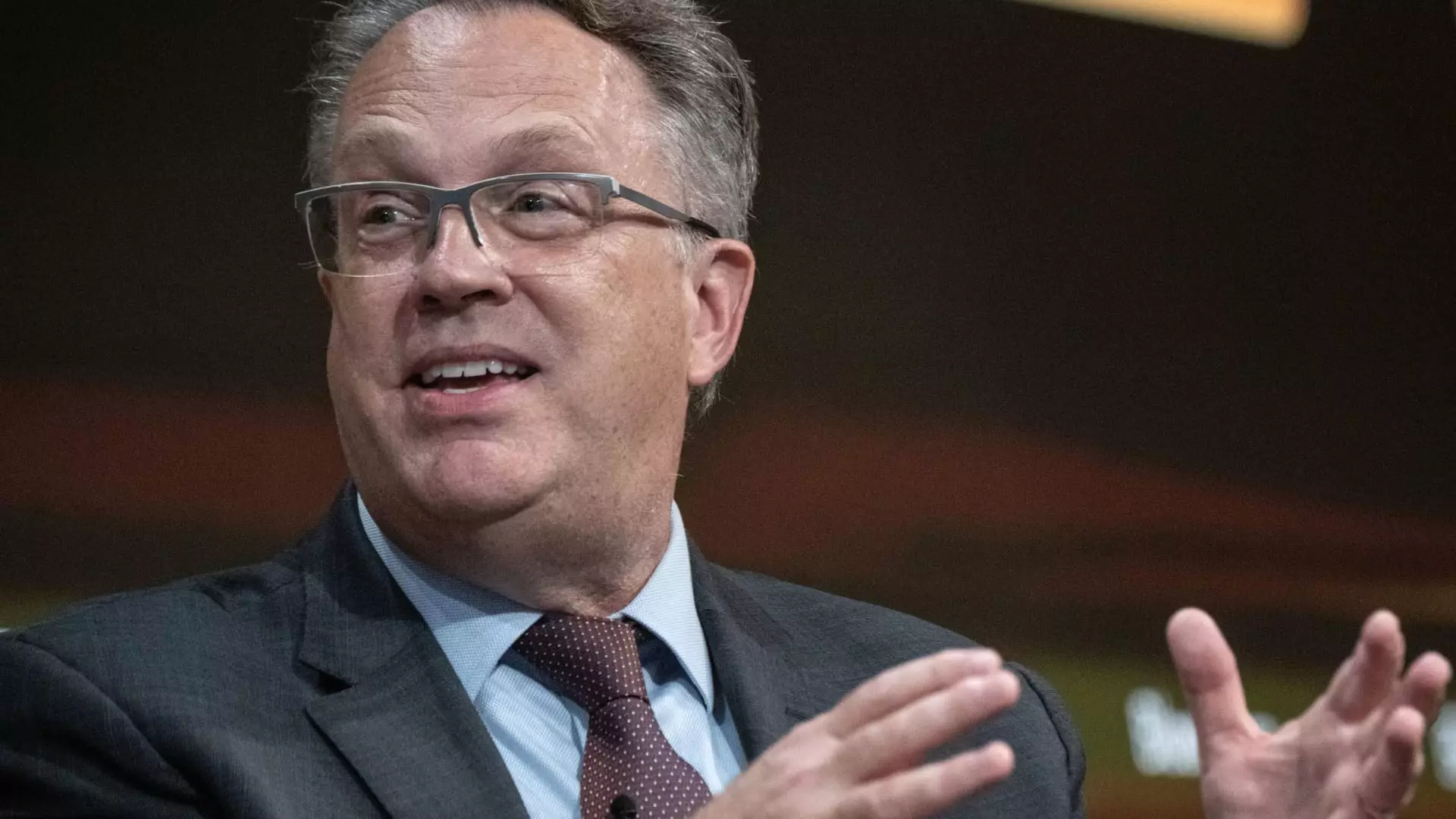John Williams, the New York Federal Reserve President, recently shared his views on the current state of inflation, expressing his belief that it is still too high. However, he remains optimistic that inflation will begin to decelerate later in the year. Despite the market’s anticipation of potential interest rate cuts, Williams did not provide any clear signals on the direction the Fed may take. He emphasized the central bank’s observation of a “lack of further progress” towards its goals, especially considering the higher-than-expected inflation readings throughout the year.
During a question-and-answer session with CNBC’s Sara Eisen at the Economic Club of New York, Williams admitted uncertainty about the future of monetary policy. He acknowledged the restrictive nature of current policy but highlighted its role in achieving a more balanced economy. While he noted that interest rates in the U.S. may need to decrease based on data analysis, he emphasized that the timing of such a decision would hinge on goal achievement.
Contrary to earlier market expectations of aggressive rate cuts by the Fed this year, Williams dismissed the likelihood of rate hikes in the near future. He cited the improved balance of the economy over time and the disinflation occurring in other economies as factors that could alleviate global inflationary pressures. Williams anticipated a moderation of inflation in the second half of the year, with a gradual decline to the Fed’s 2% target by 2026.
Williams described the Fed’s policy as “well-positioned” and “restrictive,” asserting its effectiveness in meeting the central bank’s objectives. While acknowledging that inflation remains above the 2% target, he reassured his commitment to achieving both dual mandate goals of price stability and economic prosperity. Despite the Fed maintaining its benchmark borrowing rate at a range between 5.25%-5.5% for almost a year, Williams remained focused on bolstering the labor market and controlling inflation.
Looking ahead, Williams expressed confidence in the progress made towards the Fed’s goals in recent years. He remained steadfast in his belief that the restoration of price stability and the promotion of sustained economic prosperity are within reach. With expectations of inflation indicators hovering around 3%, particularly with the upcoming Commerce Department report, Williams anticipated PCE inflation to gradually decrease to 2.5% within the year and ultimately settle at 2% by 2026.
John Williams’ assessment sheds light on the uncertainties surrounding monetary policy decisions in the face of fluctuating economic conditions. While inflation remains a concern, Williams’ cautious optimism and commitment to achieving the Fed’s objectives reflect a measured approach towards addressing complex economic challenges. As the Fed continues to navigate evolving market dynamics, Williams’ insights provide valuable perspectives on the path forward in maintaining economic stability and growth.


Leave a Reply